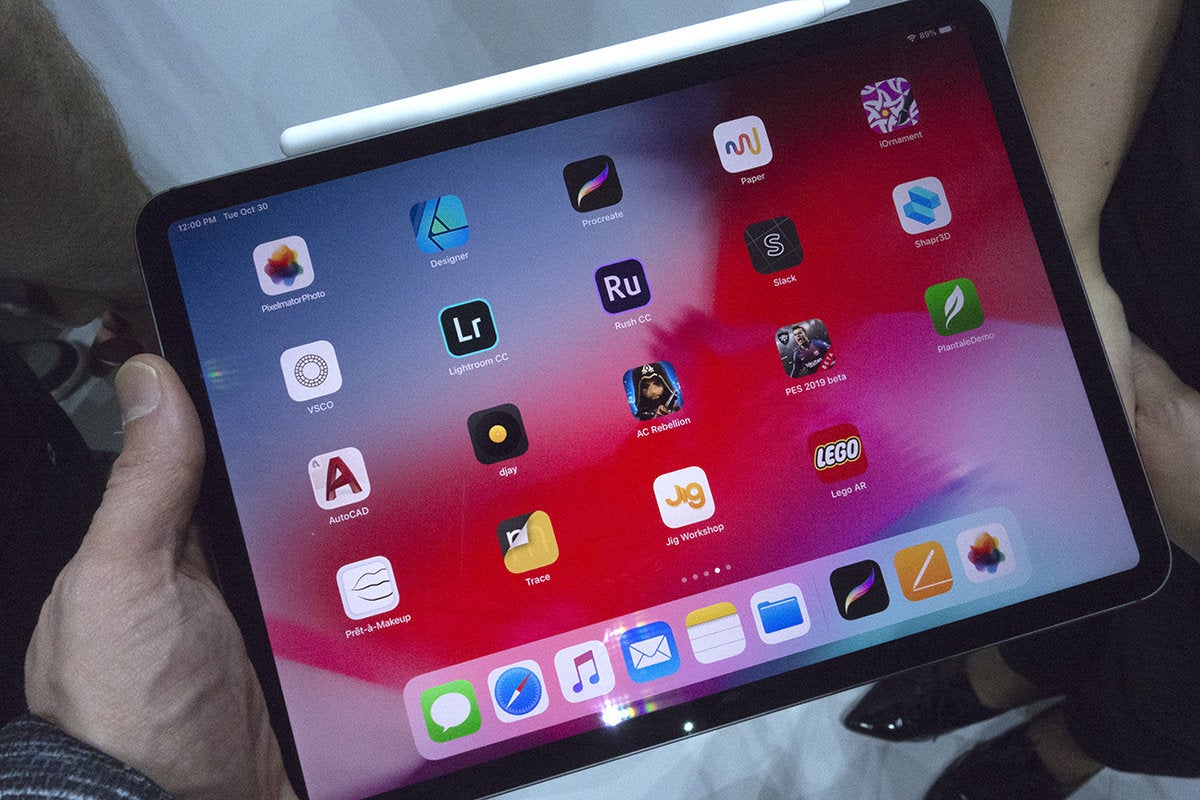
Outside of the Live Drawing and the basic touch-base setup, there are actually quite a bit of new features and tools which are worth mentioning and exploring. Still, there might be more to this which we can eventually explore when we get our hands on a version here soon. However, in reality, the Apple Pencil (which retails at around $99) is most likely going to be a glorified stylus that can open up some more finite click and drag controls which our stubby fingers might struggle with. You can see this Live Drawing feature in action in this video review below: On the other hand, if you’re looking to drag and drop something, you better hope your finger doesn’t come off the screen for a second, or else you’re dropping clips or effects onto the wrong timeline. In some ways, it’s certainly more intuitive to just put your finger on something to select a clip or open a window. With any touch-based system, there are going to be some pros and cons. The layout looks quite similar to the current layout of FCP on a desktop or laptop, but without the aid of a two-click mouse, you’re obviously going to have to get creative with how you move things around.
#FCP IPAD PRO#
So, at first glance, the best usability for Final Cut Pro on iPad seems to be centered around drag-and-drop functionality.

To further explore this question, let’s take a more in-depth look into everything you need to know about Final Cut Pro on iPad, including how this new touchscreen-based editing app actually performs without the usual comforts of your usual desktop or laptop setup.

#FCP IPAD PROFESSIONAL#
We can pencil in various on-the-go creatives for sure, and those looking to combine forces with Apple’s new Logic Pro for iPad as well.īut for professional video editors who are currently using Premiere Pro or DaVinci Resolve, will this move the needle? As we covered when the long-anticipated news of Final Cut Pro finally coming to iPad finally broke the other day, there are certainly questions as to who might benefit from this new tablet-based NLE.


 0 kommentar(er)
0 kommentar(er)
